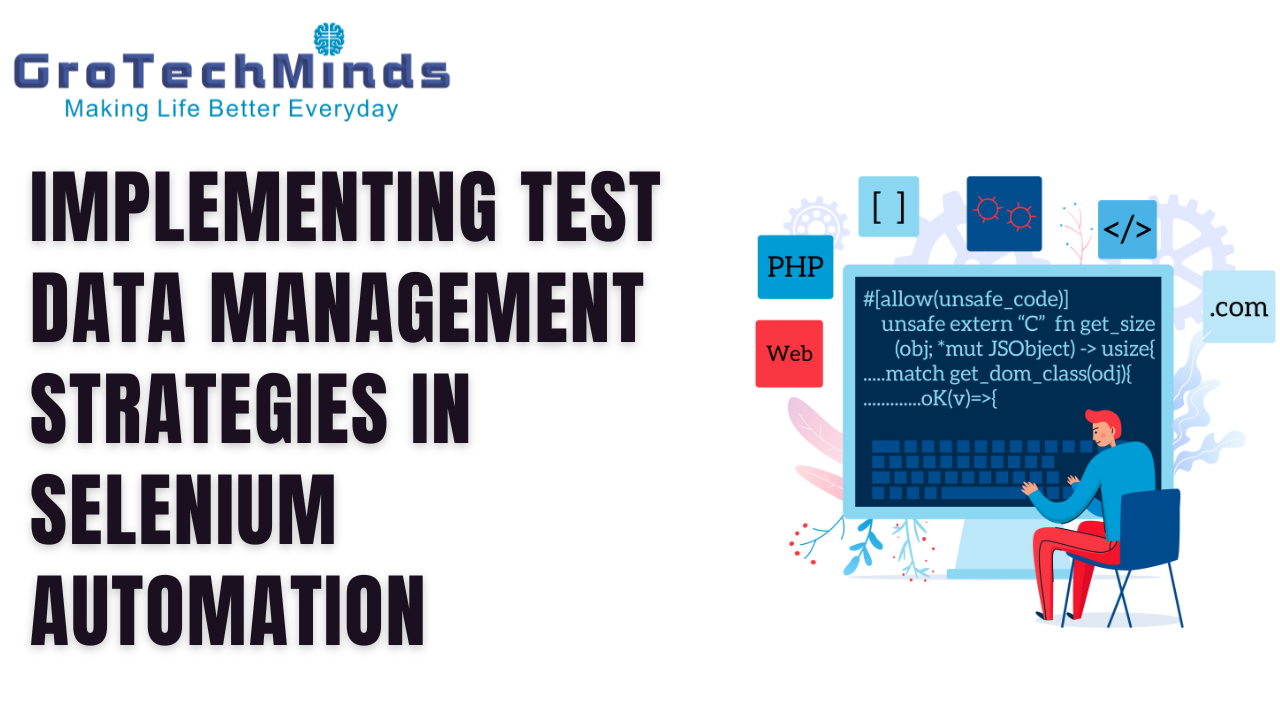
How these issues are addressed can significantly impact the overall health and success of an organization. Exploring the importance of having clear policies and procedures in place to manage these situations effectively.
Understanding Complaints
Complaints are expressions of dissatisfaction or grievances raised by individuals within an organization. They can stem from various sources, including employees, customers, or even external stakeholders. Common types of complaints in the workplace include issues related to discrimination, harassment, or inadequate service delivery.
Understanding Conflict
Conflict, on the other hand, arises from disagreements or opposing viewpoints between individuals or groups. It can manifest in different forms, such as interpersonal conflicts between colleagues or structural conflicts stemming from organizational policies or resource allocation.
Dispute Resolution Methods
To address complaints and conflicts, organizations employ various dispute resolution methods, including mediation, arbitration, negotiation, and litigation. Each method has its own advantages and is chosen based on the nature and severity of the issue at hand.
-
Mediation
Mediation involves the intervention of a neutral third party, known as a mediator, who facilitates communication between conflicting parties. The mediator helps parties identify underlying issues, explore potential solutions, and reach a mutually acceptable agreement. Mediation is often preferred for its informality, confidentiality, and emphasis on collaboration.
-
Arbitration
Arbitration is a more formal process where disputing parties present their cases to an impartial arbitrator or panel of arbitrators. The arbitrator evaluates evidence, hears arguments from both sides, and issues a binding decision to resolve the dispute. Arbitration offers a quicker and less costly alternative to litigation, with more flexibility in procedural rules and scheduling.
-
Negotiation
Negotiation involves direct communication between parties to reach a settlement without third-party intervention. Negotiation can be conducted informally or through formal negotiations facilitated by representatives or mediators. Parties exchange offers, make concessions, and seek common ground to resolve the dispute. Negotiation allows for greater control over the outcome and encourages creative problem-solving.
-
Litigation
Litigation is the formal legal process of resolving disputes through the court system. Parties involved in a dispute present their cases before a judge or jury, who render a verdict based on applicable laws and evidence presented. Litigation is often considered a last resort due to its adversarial nature, lengthy proceedings, and significant costs involved. It provides a final and enforceable resolution to complex disputes.

Organizational Policies for Conflict Management
Similarly, organizations develop policies for managing conflicts effectively. These policies provide guidelines for identifying, addressing, and resolving conflicts in a timely and constructive manner, minimizing the negative impact on productivity and morale.
-
Definition of Conflict
Clear definition of what constitutes a conflict within the organization, including examples of common types of conflicts such as interpersonal disputes, disagreements over resources, or differences in goals.
-
Guiding Principles
Establishment of guiding principles that underscore the organization’s commitment to resolving conflicts respectfully, impartially, and proactively. These principles may include promoting open communication, respecting diversity, and fostering collaboration.
-
Conflict Resolution Process
Outline of a structured process for addressing conflicts from initiation to resolution. This process typically includes steps such as identifying the conflict, gathering relevant information, facilitating communication between parties, exploring potential solutions, and reaching a mutually acceptable agreement.
-
Roles and Responsibilities
Clarification of the roles and responsibilities of individuals involved in the conflict resolution process, including managers, HR personnel, supervisors, and employees. This ensures accountability and coordination among stakeholders.
-
Confidentiality
Assurance of confidentiality to encourage employees to report conflicts without fear of retaliation or breach of privacy. Confidentiality safeguards the integrity of the resolution process and promotes trust among employees.
-
Training and Development
Provision of training programs and resources to equip employees with the necessary skills and knowledge to effectively manage and resolve conflicts. Training may cover topics such as communication techniques, negotiation strategies, and cultural sensitivity.
Procedures for Complaint Handling
Clear procedures are essential for handling complaints efficiently. This typically involves a step-by-step process, starting from the receipt of the complaint to its resolution and follow-up, ensuring accountability and accountability at every stage.
-
Receipt of Complaint
The process begins with the receipt of a complaint through various channels such as in-person communication, email, phone calls, or dedicated complaint forms. Organizations should establish clear channels for reporting complaints and ensure accessibility to all stakeholders.
-
Documentation
Upon receiving a complaint, it is essential to document the details of the complaint, including the nature of the issue, the identity of the complainant, relevant dates, and any supporting evidence or documentation. This documentation serves as a record for investigation and resolution purposes.
-
Preliminary Assessment
A preliminary assessment of the complaint is conducted to determine its validity and seriousness. This may involve gathering additional information, conducting interviews with relevant parties, or consulting relevant records or policies.
-
Assigning Responsibility
Once the complaint is assessed, responsibility for handling the complaint is assigned to the appropriate individual or department. This may include HR personnel, supervisors, managers, or specialized complaint resolution teams, depending on the nature of the complaint.
-
Investigation
A thorough investigation is conducted to gather facts, identify root causes, and determine the extent of the complaint. This may involve interviewing witnesses, reviewing relevant documents, or conducting site visits as necessary. The investigation should be conducted impartially and confidentially.
Procedures for Conflict Resolution
These procedures may involve facilitating open dialogue, conducting mediation sessions, or seeking intervention from higher authorities to reach a mutually acceptable resolution.
-
Identification of Conflict
The first step in conflict resolution is to identify the existence of a conflict. This may involve recognizing signs of tension, observing changes in behavior or performance, or receiving reports from employees or supervisors.
-
Assessment of Conflict
Once a conflict is identified, a thorough assessment is conducted to understand the nature, scope, and underlying causes of the conflict. This may involve gathering information from affected parties, conducting interviews, or reviewing relevant documents or records.
-
Selection of Resolution Approach
Based on the assessment, the appropriate resolution approach is selected. This may include informal methods such as direct communication, mediation, or negotiation, or formal methods such as arbitration or litigation, depending on the nature and severity of the conflict.
-
Appointment of Facilitator or Mediator
If informal resolution methods are chosen, a neutral facilitator or mediator may be appointed to help parties communicate effectively, explore underlying issues, and generate mutually acceptable solutions. The facilitator or mediator facilitates dialogue and promotes understanding between conflicting parties.
-
Communication with Parties
Open and transparent communication is maintained with all parties involved in the conflict resolution process. This includes communicating the purpose of the resolution efforts, clarifying expectations, and providing regular updates on progress.
-
Collaborative Problem-Solving
Parties engage in collaborative problem-solving to identify common interests, brainstorm potential solutions, and negotiate agreements that address the underlying issues of the conflict. Emphasis is placed on finding win-win solutions that satisfy the needs and concerns of all parties involved.
Training and Communication
Effective training and communication are key to implementing complaint and conflict resolution policies successfully. Employees need to be aware of their rights and responsibilities, as well as the available channels for seeking assistance or raising concerns.
Benefits of Effective Resolution
Ultimately, effective complaint and conflict resolution contributes to a positive work environment, fostering trust, collaboration, and productivity among employees. By addressing issues promptly and fairly, organizations can maintain a healthy organizational culture and reputation.
-
Improved Relationships
Effective resolution fosters open communication, understanding, and trust among individuals involved in the conflict.
-
Enhanced Productivity
Resolving conflicts in a timely and constructive manner minimizes disruptions to workflow and productivity.
-
Positive Work Environment
A workplace characterized by effective conflict resolution is more conducive to employee well-being and satisfaction.
-
Reduced Turnover
Conflict resolution prevents conflicts from escalating and becoming sources of dissatisfaction or frustration for employees.
-
Enhanced Decision-Making
Resolving conflicts requires parties to engage in critical thinking, problem-solving, and negotiation. Individuals involved in conflict resolution develop valuable skills that can be applied to other areas of their work, leading to more informed and effective decision-making.
-
Innovation and Creativity
Collaboration and constructive dialogue that occur during conflict resolution can stimulate creativity and innovation within the organization.
Conclusion
Complaint, conflict, and dispute resolution are integral aspects of organizational management. By establishing clear policies and procedures, organizations can effectively address issues as they arise, minimizing disruptions and promoting a harmonious work environment. Through continuous monitoring and improvement, organizations can adapt to changing dynamics and ensure the well-being and satisfaction of their stakeholders.
By understanding complaints as expressions of dissatisfaction or grievances raised by individuals within an organization, and conflicts as disagreements or opposing viewpoints between individuals or groups, organizations can navigate these issues more effectively. Employing various dispute resolution methods such as mediation, arbitration, negotiation, and litigation provides flexibility in addressing conflicts based on their nature and severity.
Organizational policies for conflict management play a crucial role in guiding the resolution process. Clear definitions of conflict, guiding principles, and structured conflict resolution processes ensure consistency and fairness. Procedures for complaint handling, including receipt, documentation, assessment, and investigation, ensure accountability and transparency at every stage.
Training and communication are essential for effectively implementing complaint and conflict resolution policies, empowering employees with the necessary skills and knowledge. The benefits of effective resolution are manifold, including improved relationships, enhanced productivity, a positive work environment, reduced turnover, enhanced decision-making, and fostering innovation and creativity.


